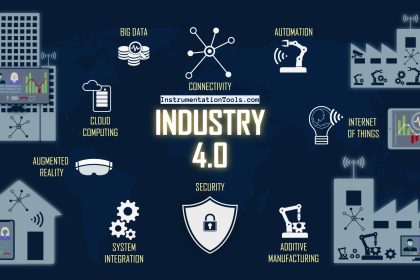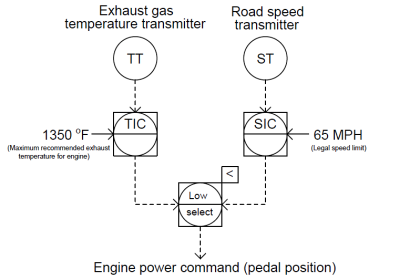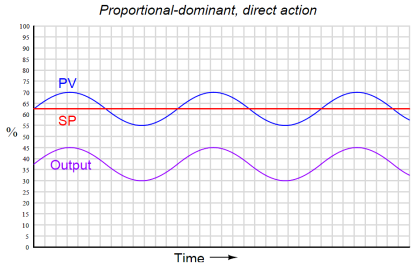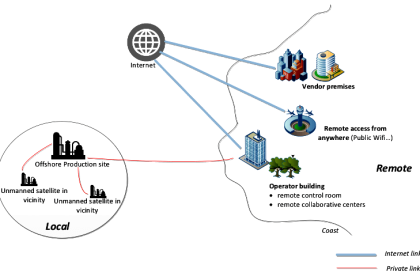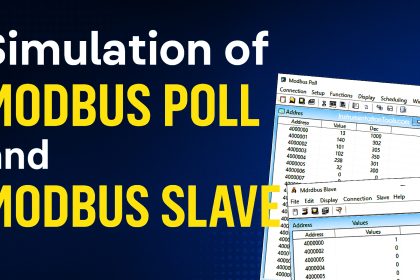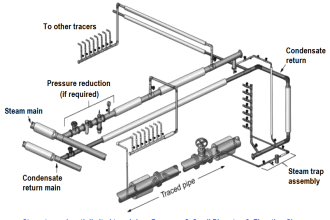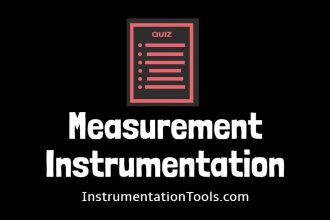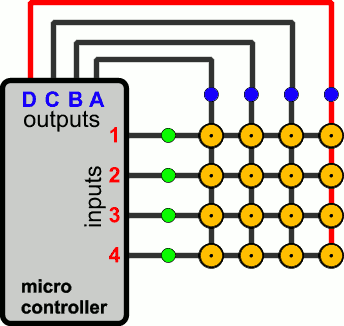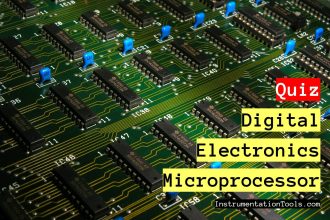In this post, we will understand the difference between serial and parallel communication.
There are two ways of communication in a computer –
- Serial and
- Parallel.
The difference between both of them can just be easily understood by their name.
As the name implies, serial communication means data is transmitted serially one by one; whereas, in parallel communication, data is transmitted in multiple links at one time.
Serial Communication
Serial communication is much simpler and easier to perform due to single link usage and less complexity in transmitting and receiving data.
In serial communication, data is transmitted serially because of only one link.
Suppose there are 4 bits in the sequence – 0,1,1,1. Then, 0 will be transmitted first, followed by 1, then 1 and at last, 1.

This type of communication is best suitable for long distances; as only a single wire link is used. But, every method has some disadvantages.
Due to the single transmission of data, the time required for travel is large.
Parallel Communication
In parallel communication, data is transmitted in multiple links at one go.
Suppose there are 4 bits in the sequence – 0,1,1,1. All of these 4 bits will be transmitted at only one time due to multiple links.
This type of communication is best suitable for short distances; as multiple wires are used. But due to multiple transmissions of data at once, the time required for travel is very short than serial communication
If you look at bandwidth requirements, then serial communication can support higher bandwidth while parallel communication supports lower bandwidth.
Also, error and noise generated are much lower than in parallel communication.
There are some other issues in parallel communication like crosstalk. It means that due to multiple usages of links and near proximity, then there are chances of data colliding with other data lines.
So, if you compare both of these types, parallel communication only has a major advantage of speed. Apart from that, most of the systems in communication use serial type.
Compare Serial and Parallel Communication
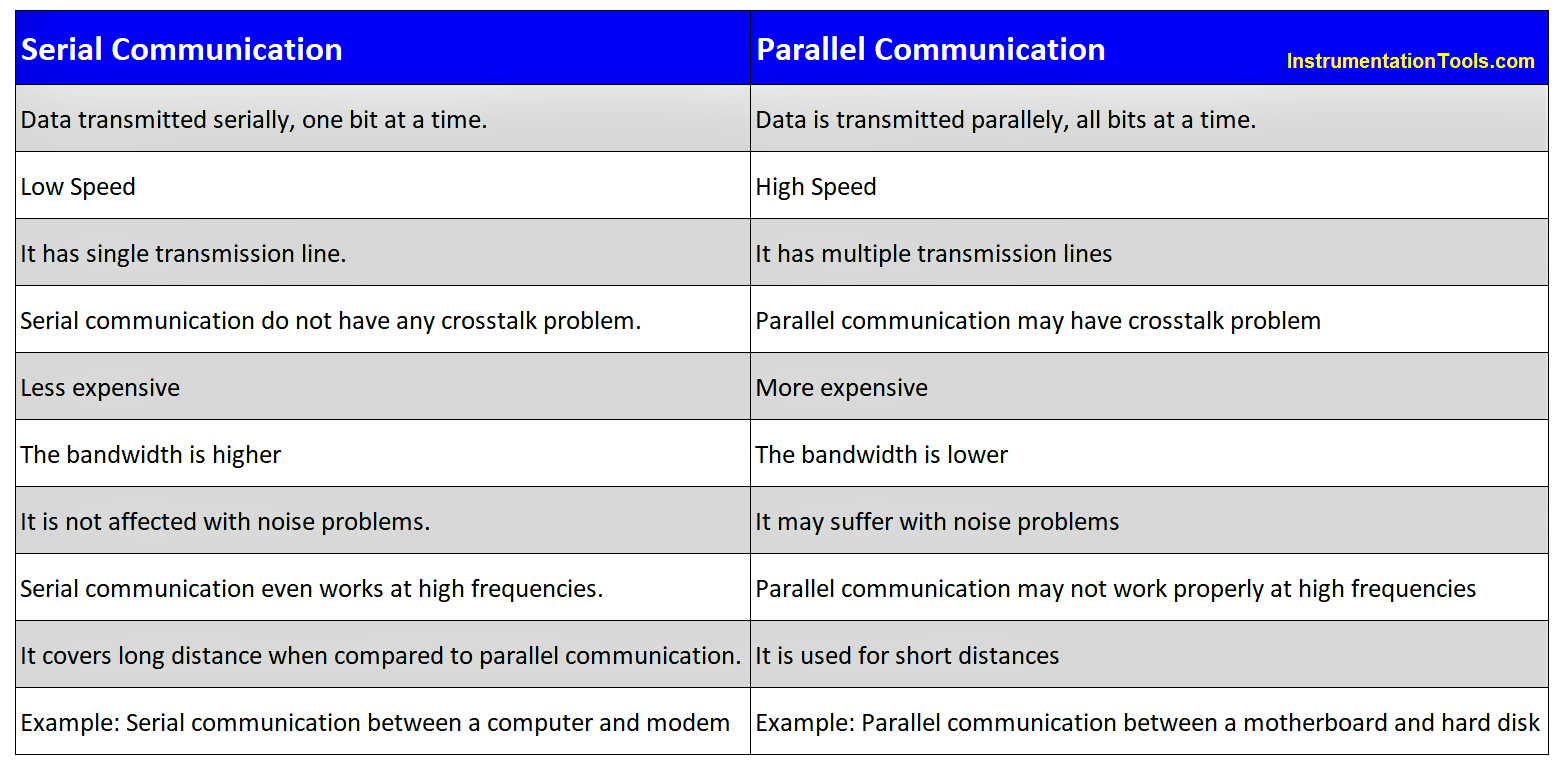
If you liked this article, then please subscribe to our YouTube Channel for Instrumentation, Electrical, PLC, and SCADA video tutorials.
You can also follow us on Facebook and Twitter to receive daily updates.
Read Next:
- Shift Registers
- Foundation Fieldbus
- PLC Hot Standby
- Electrical Signal Types
- Fiber Optic Communication

